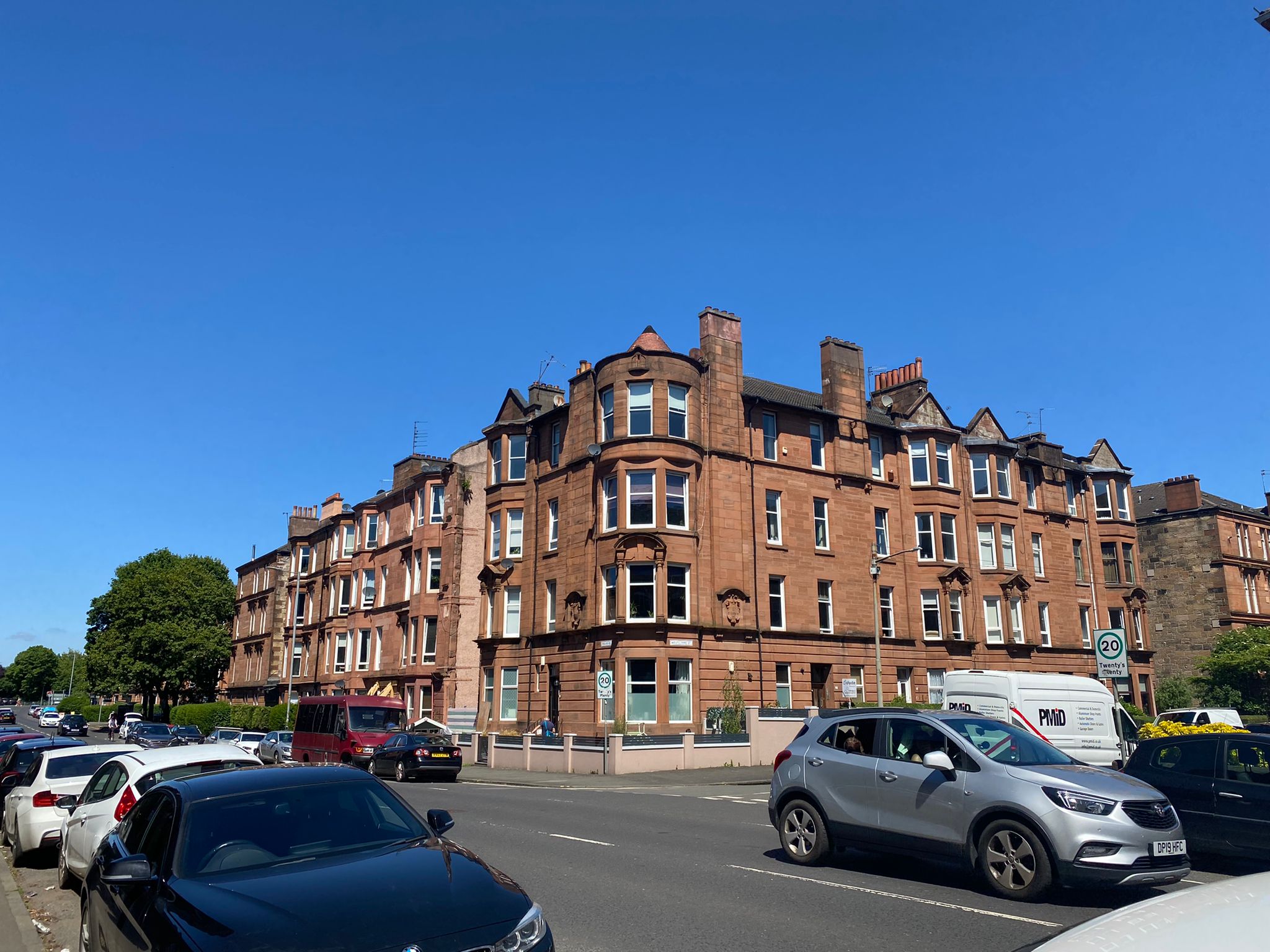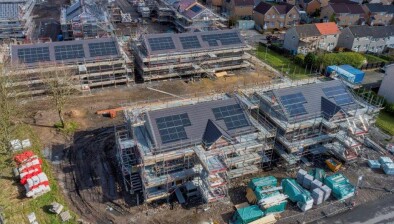Professor Kim McKee: PRS precarity - towards a more intersectional understanding?

Professor Kim McKee highlights the growing challenges in the UK’s private rental sector, including affordability, tenancy insecurity, and the diverse needs of renters.
The private rental sector (PRS) is central to understanding the housing crisis in the UK. One in five UK households are now private renters, with concerns about unaffordable rents, forced moves, and rising homelessness dominating media headlines.
This is a stark change from 2007, when only 13 per cent of the population were private renters. Back then, the sector typically comprised students, migrants and young professionals. Today, it includes much more diverse households, including those who, in decades past, would have been housed in the social rented sector.
But why does it matter that many more people now find themselves renting from a private landlord? Well, private renters do not enjoy the same tenancy rights and protections as those housed by social landlords. A key issue is tenancy insecurity. In some parts of the UK, private renters can be asked to leave when their initial fixed term tenancy ends (which can be as little 6-12 months) without the landlord having to give a reason. This is known as a no-fault eviction.
As colleagues and I have noted in our previous work, living so precariously makes it hard to put down roots, to ‘make a home’, and to feel part of the communities in which we live.
Yet even in Scotland, where we’ve had open-ended tenancies for several years now, our research showed some renters remain unaware of their enhanced rights. Some also continue to report feeling worried about being asked to leave the property. Precarity, then, cannot be easily legislated away for the most vulnerable.
With average rents in the British PRS now exceeding £1000pcm, affordability pressures are also acute. This headline figure, however, masks considerable spatial variation and longstanding data issues.
Nonetheless, a rent increase you can ill afford can feel like an eviction, whilst the financial stress of having to balance tight households’ budgets can leave renters vulnerable. The conditional and limited nature of state support can make this even harder to manage. A situation that is not helped by the constrained supply of affordable housing in other tenures.
Whilst recent Scottish survey data suggests general satisfaction in the sector, it also chimes with our previous research on challenges around repairs, with constraints on personalising a property and keeping pets having further negative impacts on wellbeing. Evidence tells us that our furry and feathered friends occupy important places in our hearts, whilst being able to put your own decorative stamp on a property remains critical to individual expression. Challenges in accessing housing are also well documented – a finding again reinforced by recent data from SafeDeposits Scotland Charitable Trust.
These themes and more are all explored in a recent podcast for the Under One Roof series, in which I was interviewed by Dr Tom Simcock (University of Huddersfield). It focuses on these psychosocial impacts and the challenges in making a rental property a ‘home’. The most recent series of the podcast also includes interviews with Dan Wilson-Craw from Generation Rent and the Scottish Association of Landlords.
Whilst our evidence base on private rented sector precarity has grown over the last decade, there remain key gaps in our understanding:
- Gender – the gender pay gap and the feminization of poverty means that women, on average, earn less than men and are more likely to be reliant on state support to meet their housing costs. This leaves them more vulnerable to affordability pressures. Women are also more at risk of gender-based violence, which heightens their risk of homelessness. Yet there remains scant evidence of what, if any, support private landlords can provide in such situations.
- Disability – as other tenures are becoming more difficult to access, more people with chronic illnesses and impairments find themselves housed in the PRS. Yet we know much less about the experiences and the challenges they, their family members, and their carers face. A Scottish Graduate School of Social Science (SGSSS) funded PhD studentship based at the University of Stirling will soon be exploring these issues through a collaborative project with Housing Options Scotland. The project will be supervised by myself and my Stirling colleagues Vikki McCall and Dianne Theakstone.
- Older age – the dual trends of an ageing population and a growing PRS means that more households in middle and older age are now private renters. Such households not only risk ‘ageing out’ of being able to access mortgage products, but research highlights that their lower and/or fixed incomes can leave them vulnerable to homelessness should an unwelcome rent increase arise. They may also be living in properties that don’t meet their needs, yet unsure of how to broach adaptations.
A focus on the diversity of renters’ lived experiences can help us better understand the daily challenges they are grappling with. This, in turn, can inform more appropriate policy and practice reforms.
Scotland has championed an ambitious programme of rental reform, with governments elsewhere in the UK learning from this to develop their own national approaches.
Yet challenges persist. Whilst the reasons for this are complex and multifaceted, research has long highlighted the importance of housing education (for both private renters, landlords & agents) in raising awareness of existing rights and responsibilities and providing advice and information on how to enforce them. Legislative change on its own will not improve the consumer experience for private renters.
These issues, and more, are explored in the current Under One Roof podcast series’ thematic focus on the PRS – please do give it a listen!
- Professor Kim McKee is a professor of housing & social policy in Housing Studies at the University of Stirling
This article was originally published on the CaCHE website









